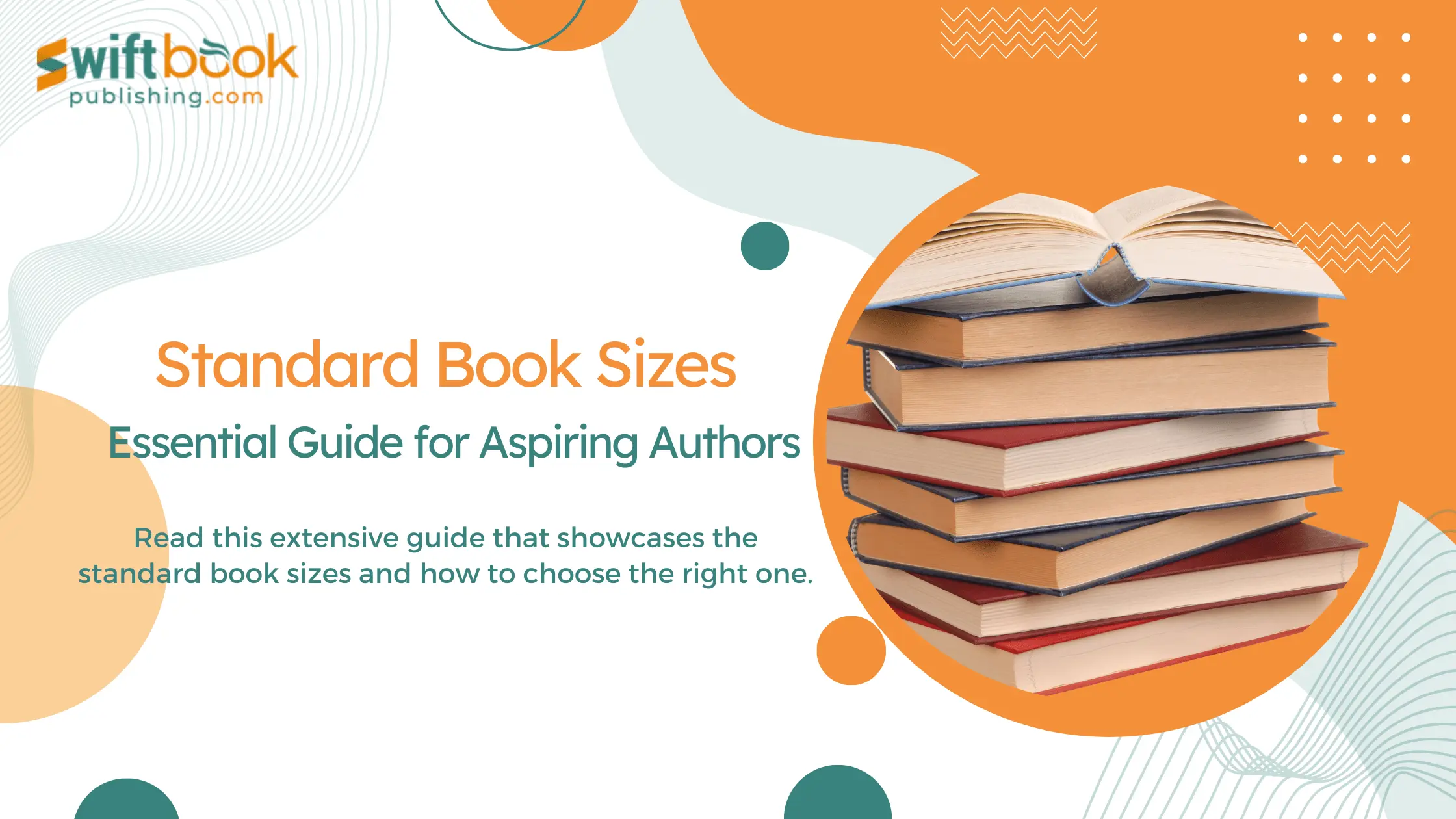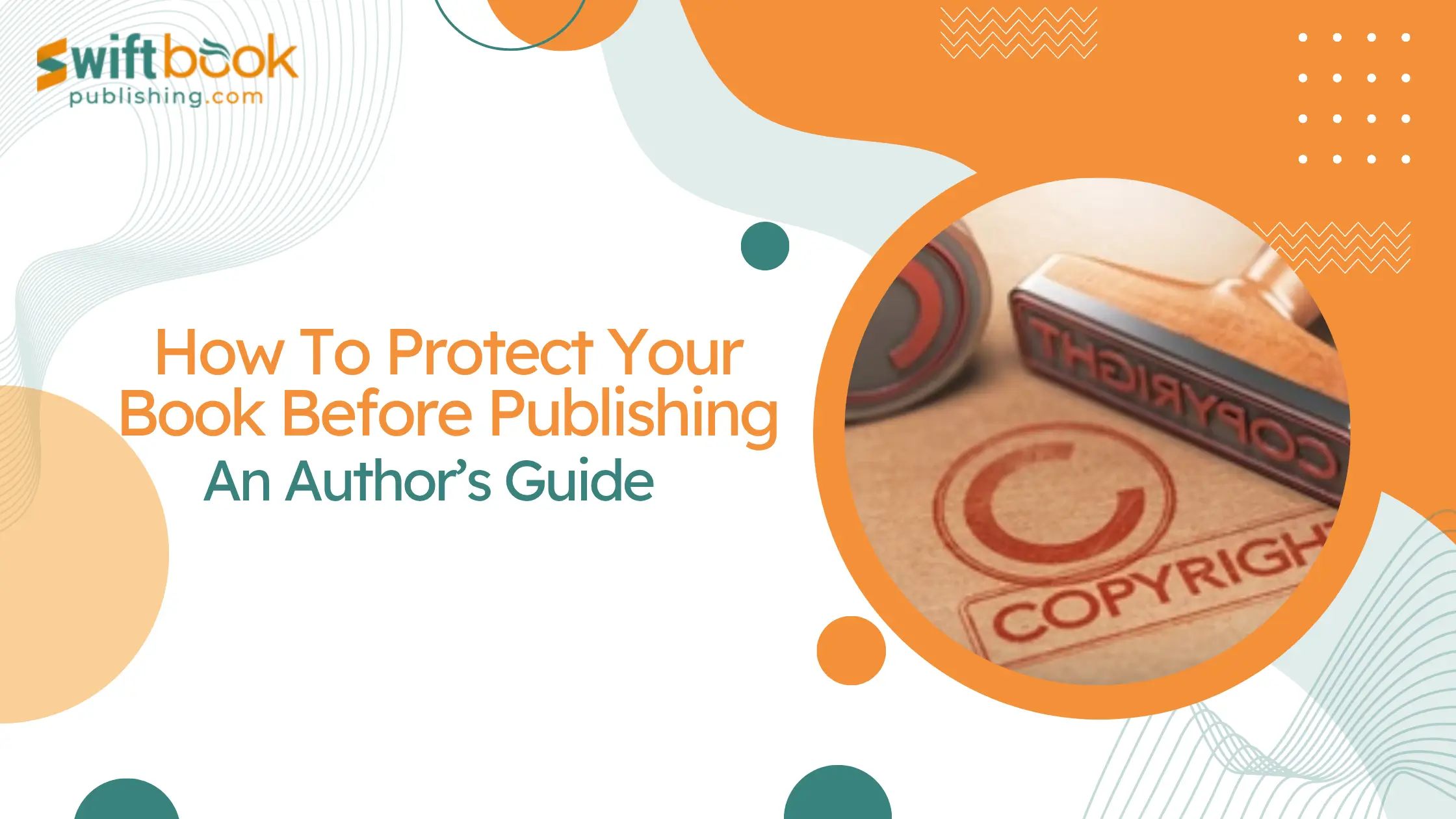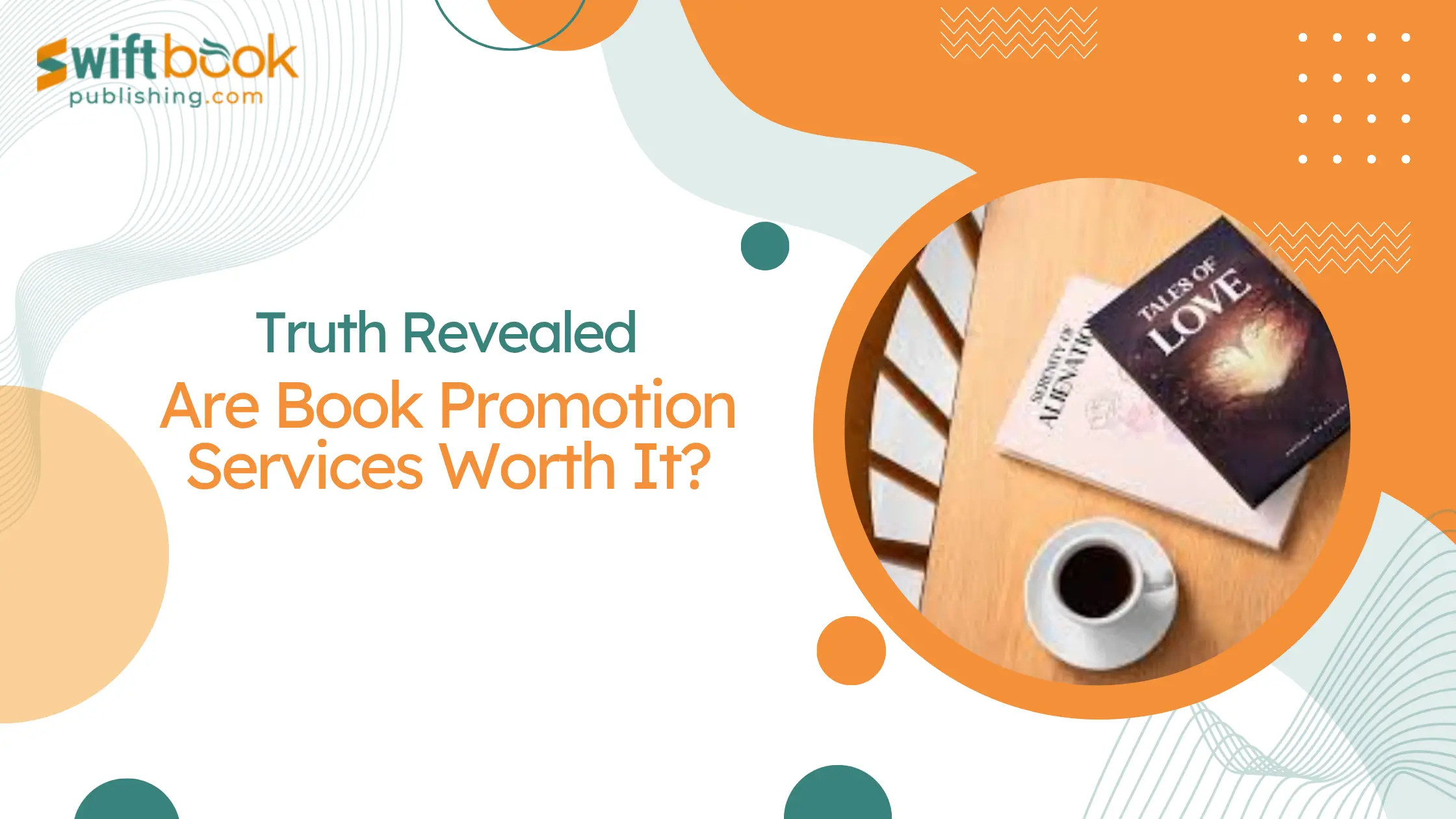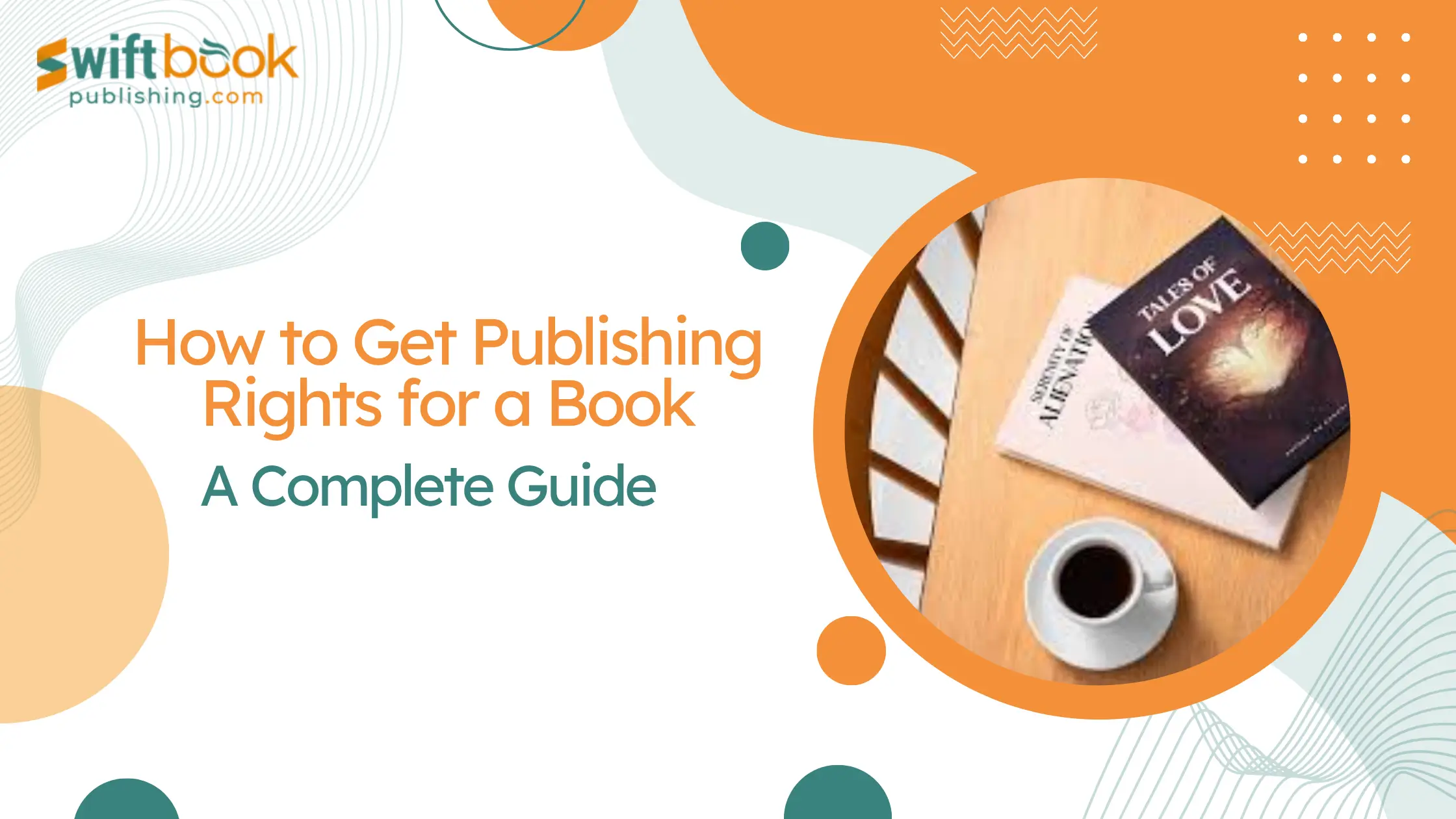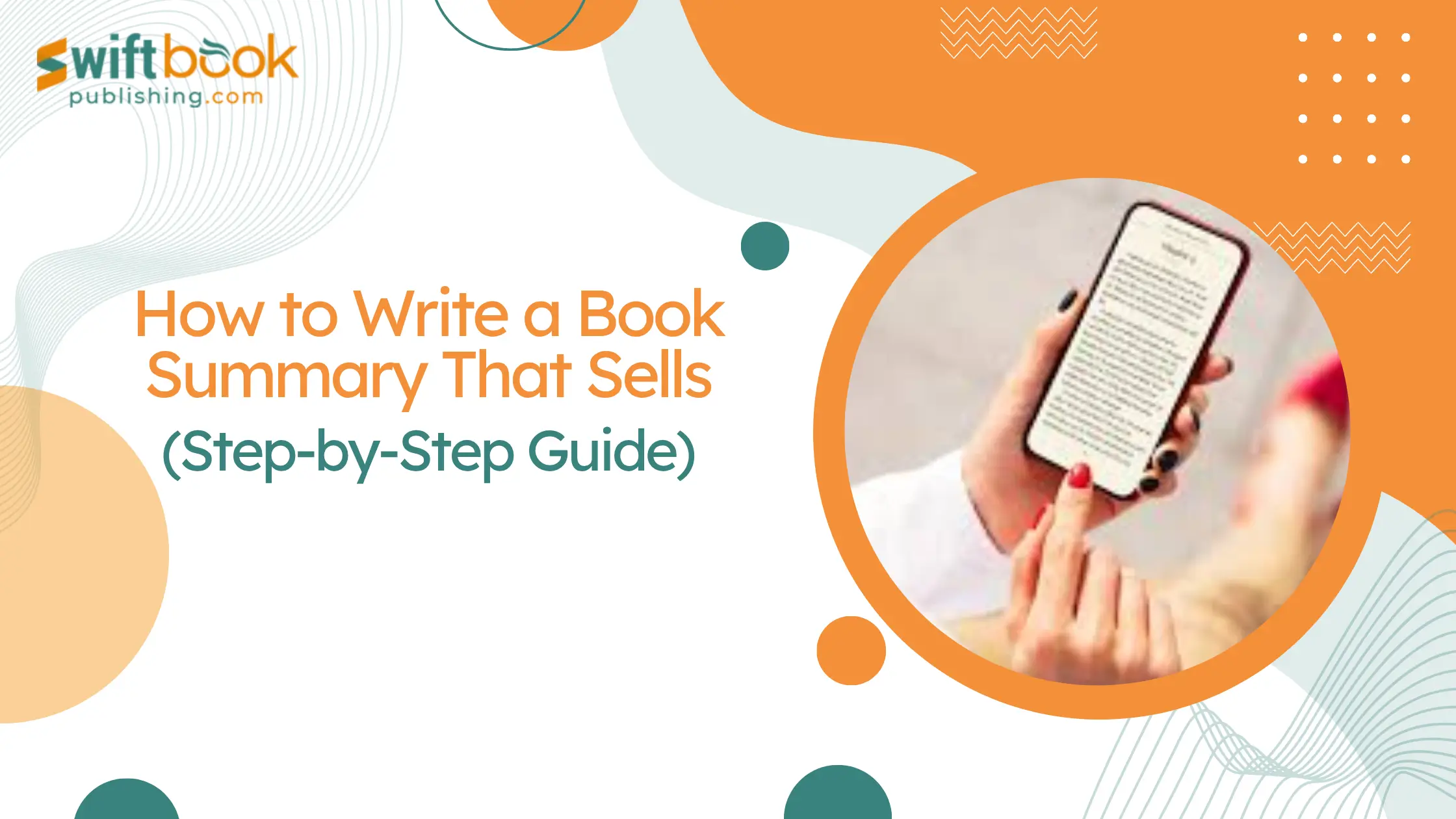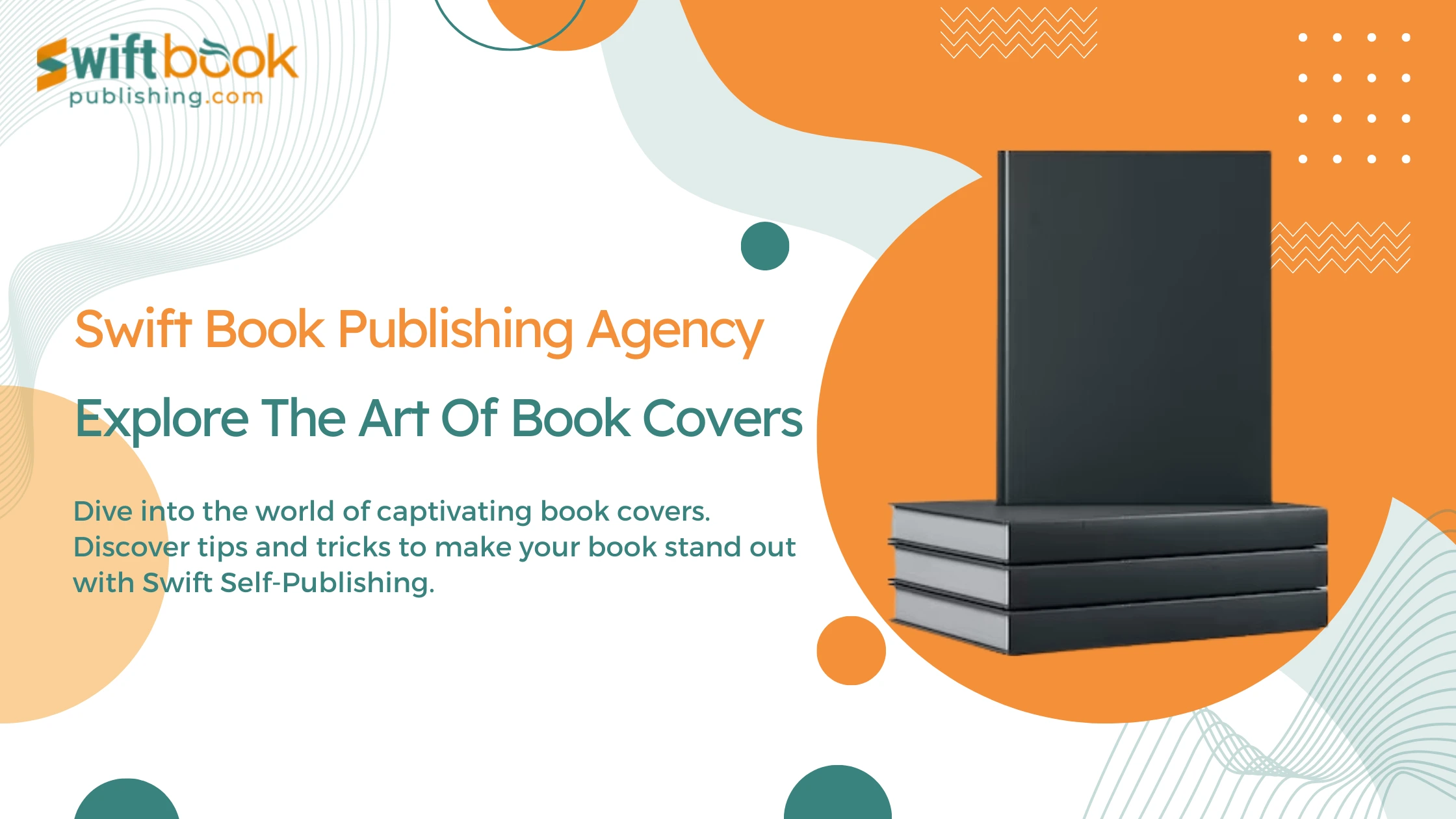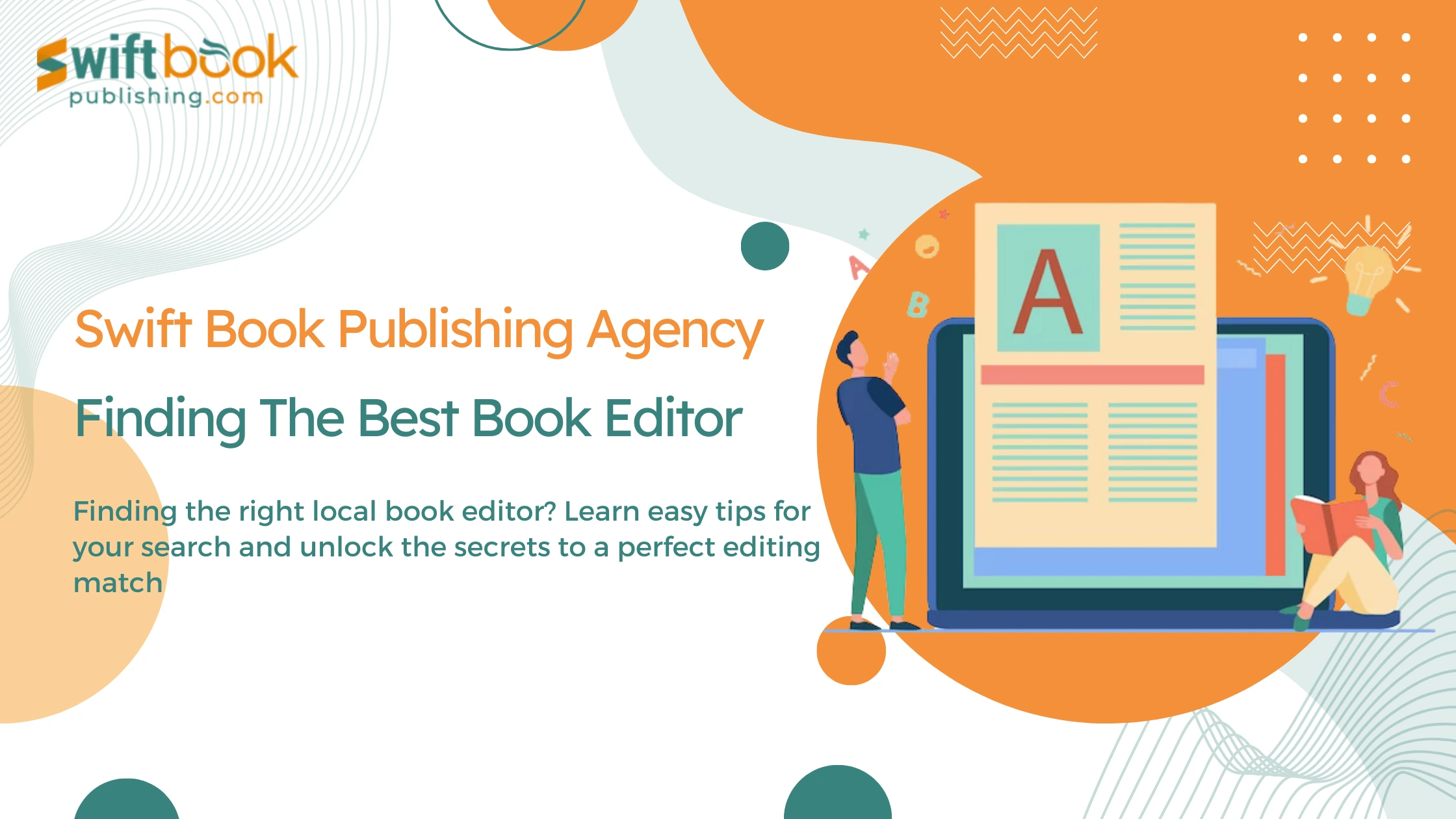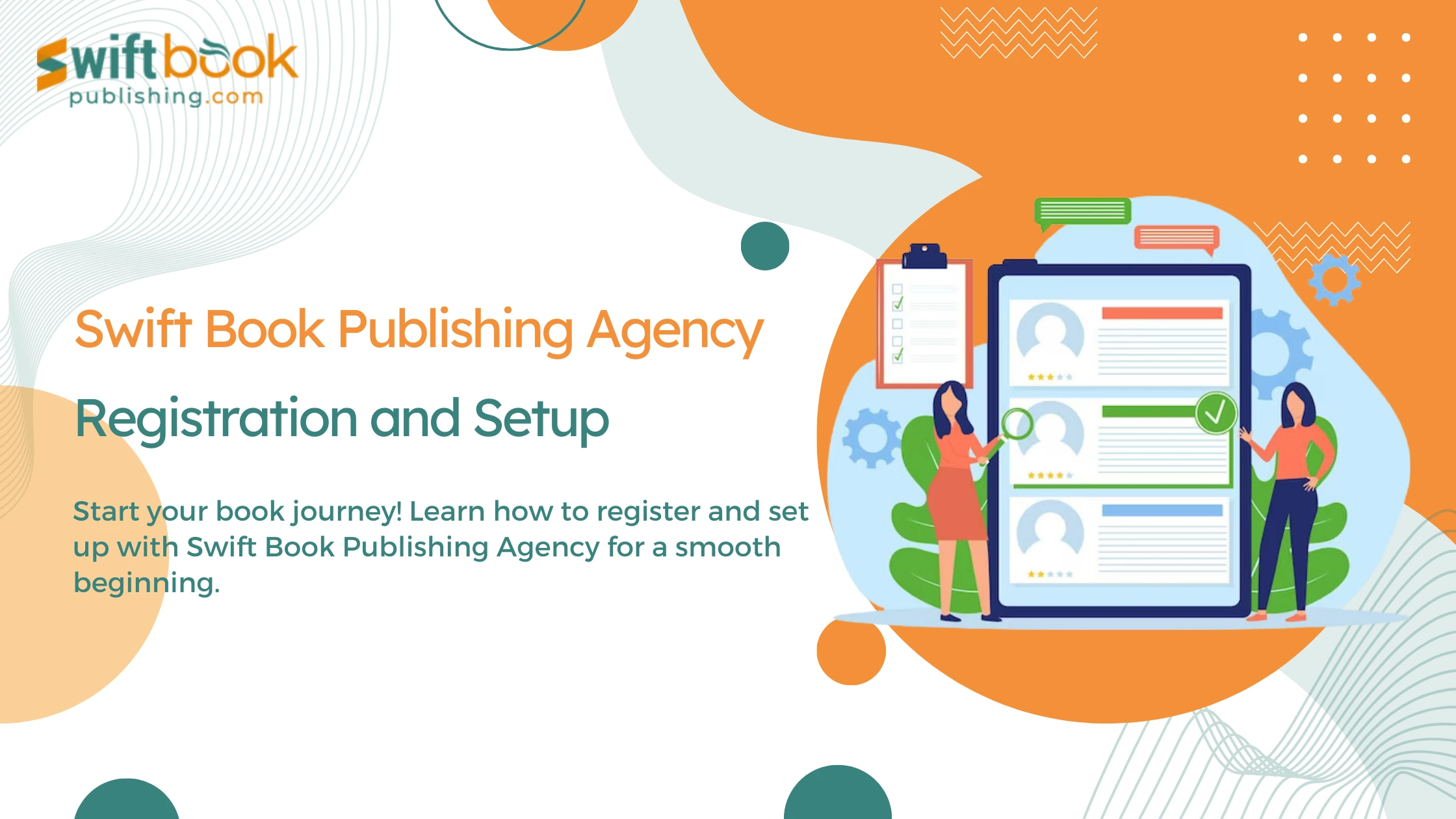A standard book sizes in the US is 6” x 9”
As an author, writing a story isn’t exactly what matters. There are several other aspects you need to make sure of if you want to make your passion for writing a full-time career. Apart from writing, book size is another crucial factor that you need to decide on first before publishing your book. What is standard book size, and why does it matter? If you’re deciding on the right size after book writing, then you’ll find this guide quite helpful.
The following guide showcases book size’s importance while explaining the proper way to choose the right book size. In addition, it lists the appropriate size you should choose from if you’re aiming to self-publish your book.
What are Book Sizes?
Let’s start by answering the first question. What exactly is book size? Well, for an author, it is the dimension of the book when printed. Book size is also referred to as trim size, so don’t get confused if a printing press or publishing agency uses the term.
Book size is measured in length by height, and in the American standard format, the standard book size is usually denoted by inches (“).
Depending on your book cover type (hardback or paperback), there are a few key things you should know:
- Cover size and trim size can vary between a paperback and a hardback.
- Paperbacks usually have the same book size as the book cover.
- The cover for hardbacks is roughly wider than the interior trim size, also called book block. (Book covers are .25” taller and .125” wider than the book block)
Please Note: Although the trim size of the book block and hardback book cover is small, it can cause complications when you’re sending it via mail. Most standard book sizes typically don’t cause this problem. However, if you are aiming for a smaller trim size, make sure you have the right mailing envelopes.
Why Do Book Sizes Matter?
Now that you know what book size is, let’s answer the second most important question authors have: Why does it matter? As a person who does book writing, you might believe that deciding on the trim size is typically the publisher’s job, but in reality, you also have a say in the matter.
Let’s focus on this question using two different views.
As a Writer
A writer’s job is to convey their story in the most effective way possible. Here, book size could be the deciding factor between success and failure. Depending on your book type and reader demographic, you need to decide on a size that allows you to convey your message without hindrance. Let’s say you wrote a picture book. You want to make sure you choose a size and orientation that keeps the young audience engaged. The wrong orientation or size could spell out disaster in the later steps of publishing as well as in sales.
As a Business
Book writing is a long-term business, regardless of how you look at it. Just like any business, you need investment to start. Paper is the raw product you primarily buy if you do self-publish. Going for something other than the standard book sizes easily means putting your business at risk and making it less cost-efficient. Here’s how:
- Choosing a shorter book size without changing the font would mean you would need more pages to print the book. More pages mean more money you spend on printing, which leads to a loss in revenue.
- Choosing a larger book without a change in font size might reduce the number of pages, but it could also increase the possibility of more white space around the edges. This white space would have needed to be cut, which would result in waste, causing you to lose revenue.
Here are some potential ways to fix these issues:
- Apart from the page, consider the font size you use. For smaller book sizes, choose a smaller font size, making sure it is readable.
- Take extra care on page layout to ensure you have minimal white space to make the printing process cost-efficient.
- Choose standard book sizes provided by self-publishing platforms.
How to Choose the Right Size for Your Book?
We talked about trim sizes and why they matter, but what size should you pick exactly? Before we brief you on the different standard book sizes, here are a few things to keep in mind so you can decide on which book size to go for:
| FACTORS | DESCRIPTION |
| Book Type | To determine the page size for your book, you need to consider the type of book you wrote for. Believe it or not, certain book types come in a standard book size. For instance, the standard comic book in the US is 6.25” x 10.25”, whereas the novellas follow a 5” x 8” format. Research your book type before you decide on the standard book size. |
| Book Orientation | There are three orientation books that are usually published. These are portrait (vertical), landscape (horizontal), and square. Consider which one would work best for your book when choosing an orientation. For instance, if you wrote a picture book that heavily depends on illustrations, you could choose a landscape or square-oriented book size. However, if you are writing for middle-grade school kids, a portrait format would work well. |
| Marketability | Some genres are sold better, larger or smaller. For instance, customers prefer buying larger coloring books, whereas smaller book sizes can work for religious books to make them easy to carry. Research the genre you wrote for and check out the size of the printed books in the genre. |
| Cost | Although not as significant as the points above, you should never ignore the budget you had considered for self-book publishing. Book Printing is costly, so ensure cost-effectiveness when choosing the right book size. |
Standard Book Sizes Chart
As we said earlier, there is no single standard book size. As a writer, you have free will to choose what trim size works well for your book. However, if you’re unsure of what book size to use, here are some standard book sizes you can use if you’re book falls in the specified genre or type:
| Book Type | Standard Book Size (Inches) | Standard Book Size (Cm) |
| Picture Book Sizes | 7 x 97.5 x 9.258 x 108.5 x 11 | 17.78 x 22.8619.05 x 24.1320.32 x 25.421.59 x 27.94 |
| Comic Book Sizes | 6.625 x 10.25 | 16.83 x 26.035 |
| Mass-market Paperback Book Sizes | 4.25 x 6.87 | 10.80 x 17.45 |
| Photo Book Sizes | 8.5 x 11 | 21.59 x 27.64 |
| Landscape Book Sizes | 8.5 x 5.59 x 610 x 811 x 8.5 | 21.59 x 13.9722.86 x 15.2425.40 x 20.3227.94 x 21.59 |
| Coloring Book Sizes | 8.5 x 1111 x 14 | 21.59 x 27.9427.94 x 35.56 |
| Novellas Book Size | 5 x 8 | 12.70 x 20.32 |
| Fiction Hardcover Book Size | 6 x 9 | 15.24 x 22.86 |
| Textbooks Size | 6 x 98.5 x 11 | 15.24 x 22.8621.59 x 27.64 |
Book Sizes by Age
Your reader demographic is also another determinant of the book size you choose. Some readers prefer smaller books, while some readers are more comfortable with a bigger book size. If you are book writing for a specific audience, take a look at these typical book sizes you can consider recommended by a self-publishing platform:
| Book Type | Standard Book Size (Inches) | Standard Book Size (Cm) |
| Children’s Books | 5 x 87 x 108.5 x 8.58 x 108.5 x 11 | 12.70 x 20.3217.78 x 25.4021.59 x 21.5920.32 x 25.4021.59 x 27.94 |
| Early Reader Books | 6 x 9 | 15.24 x 22.86 |
| Middle-Grade Books | 5.06 x 7.815.25 x 86.14 x 9.21 | 12.85 x 19.8413.34 x 20.3215.60 x 23.39 |
| Young Adult Books | 5.25 x 85.5 x 8.5 | 13.34 x 20.3213.97 x 21.59 |
| Adult Books | 5.25 x 8.55.5 x 8.56.14 x 9.21 | 13.34 x 20.3213.97 x 21.5915.60 x 23.39 |
Book Page Sizes
By now you know about standard book sizes and why they matter, but do you know how the printing press gets these page sizes? For a printing press to develop a page size, oversized sheets of printing paper are folded and cut into pieces. Depending on the number of folds, the book size will differ. Publishers use this technique to create page sizes of various lengths and widths. However, there are four common page types that printing press usually print:
| Page Type | Folds | Standard Book Size (Inches) | Standard Book Size (Cm) |
| Duodecimo | 4x Folds of Paper Sheet | 5.5 x 7.5 | 13.97 x 19.05 |
| Octavo | 3x Folds of a Paper Sheet | 6 x 9 | 15.24 x 22.86 |
| Quarto | 2x Folds of a Paper Sheet | 9.5 x 12 | 24.13 x 30.48 |
| Folio | 1x Fold of a Paper Sheet | 12 x 19 | 30.48 x 48.26 |
Book Cover Sizes
While estimating the standard book size, you shouldn’t overlook the exterior. You need to consider the exterior portion of the book. Otherwise, you could be looking at a misaligned book cover that makes it look unprofessional. Here are a few points to keep in mind while working on your cover:
- Depending on the cover type, your cover size can vary. Paperbacks have the same cover size as the book block.
- Hardback prints have a cover slightly wider than the book block.
- When creating the cover, ensure the cover art is slightly bigger than your chosen book size. This additional space is known as bleed. Keeping the bleeds will ensure that your cover is trimmed properly.
- Hardcovers require 0.8” of bleed on all four edges to ensure a perfect trim for a stunning cover.
Standard Self-Publishing House Book Sizes
While it’s true that certain book types and age are determinants of its size, depending on the self-publishing agency you choose, you might face some limitations. Each self-publishing platform works on predetermined guidelines, so you might have to adjust your book format based on the size requirements they offer. Let’s look at a few so you can get a better idea of standard book sizes, self-publishing houses consider:
Amazon KDP Book Sizes
Amazon KDP is a self-publishing online platform that allows the writer to sell their book without having to rely on traditional publishing agencies. Once you write the manuscript, you can upload it on the site, where you will be required to choose the trim size. The figure below provides the standard trim sizes the platform offers:
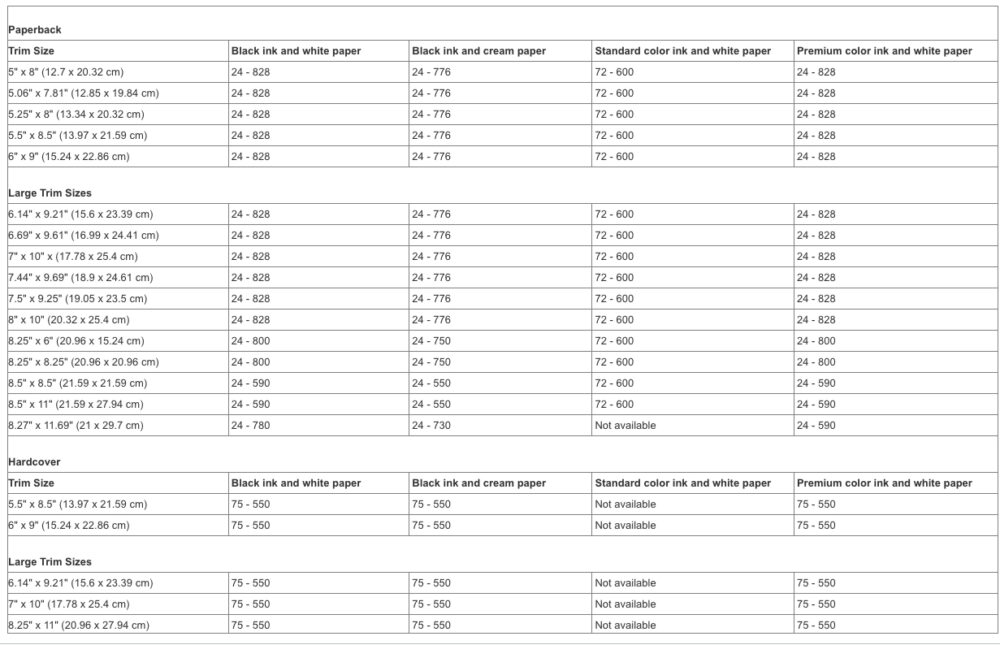
Lulu Book Sizes
Lulu is another book printing and self-publishing platform. Similar to Amazon KDP, the site offers certain book sizes in which it can print. Here is a handy table you can use to self-publish a book:
| Book Type | Book Sizes |
| Fiction (Novels, Trade Paperbacks) | US Trade (6 x 9″ / 154 x 229 mm) Digest (5.5 x 8.5″ / 140 x 216 mm) A5 (5.83 x 8.27″ / 148 x 210 mm) |
| Textbooks, Manuals, and workbooks | Executive (7 x 10″ / 184 x 267 mm) A4 (8.27 x 11.69″ / 210 x 297 mm) US Letter (8.5 x 11″ / 216 x 279 mm) |
| Nonfiction | US Trade (6 x 9″ / 154 x 229 mm) Crown Quarto (7.44 x 9.68″ / 189 x 246 mm) |
| Graphic Novels | Executive (7 x 10″ / 184 x 267 mm) Royal (6.14 x 9.21″ / 156 x 234 mm) |
| Photo Books, Lookbooks | Square (8.5 x 8.5″ / 216 x 216 mm) US Letter Landscape (11 x 8.5″ / 279 x 216 mm) Small Landscape (9 x 7″ / 229 x 178 mm) |
Final Note
In conclusion, choosing the right standard book size is important for both creative and business reasons. The size you choose should reflect the type of book you’ve written, your target audience, and your budget. By considering these factors and using the handy charts of standard book sizes, you can make the best decision for your self-published book.
Frequently Ask Questions
What are some standard sizes for different book types?
Children’s books: 7 x 10, 8.5 x 8.5, 8 x 10
Comic books: 6.625 x 10.25
Mass-market paperbacks: 4.25 x 6.87
Novellas: 5 x 8
Fiction hardcovers: 6 x 9
Textbooks: 6 x 9, 8.5 x 11
What factors should i consider when choosing a book size?
Book type: Different genres often have standard sizes. For instance, children’s books are typically larger than romance novels.
Book orientation: Consider a portrait (vertical) or landscape (horizontal) layout depending on your content.
Marketability: Some genres favor specific sizes. Coloring books are often larger, while religious books might be smaller for portability.
Cost: Paper is a major printing cost. Choosing a standard size helps minimize waste and keeps printing costs lower.
I’m planning to self-publish. Are there limitations on book size?
Self-publishing platforms often have predetermined sizes in which they can print. This guide explores standard sizes offered by Amazon KDP and Lulu. Be sure to check the specific options available from your chosen platform.
What is the standard book sizes in publishing ingram spark?
IngramSpark offers various standard book sizes for publishing. Common sizes include 4.25″ x 7″, 5″ x 8″, 5.5″ x 8.5″, 6″ x 9″, 7″ x 10″, and 8″ x 10″ for both paperback and hardcover formats.


